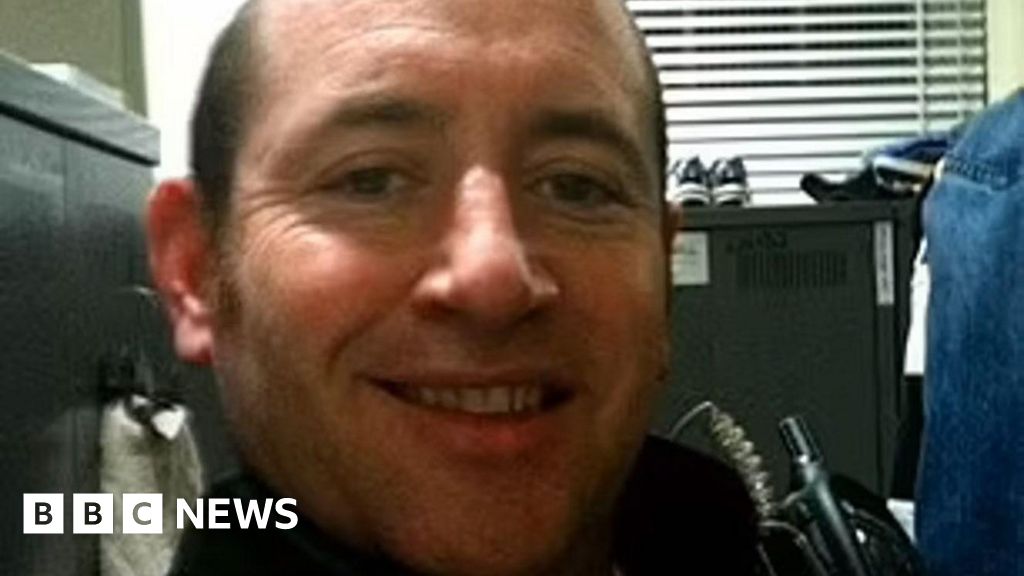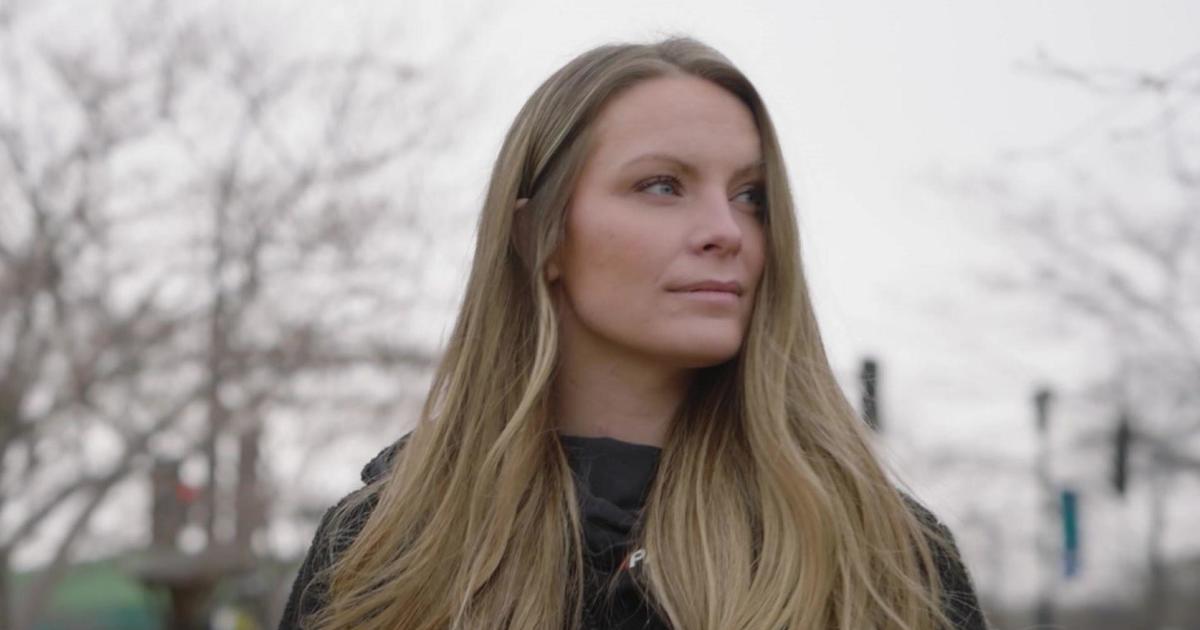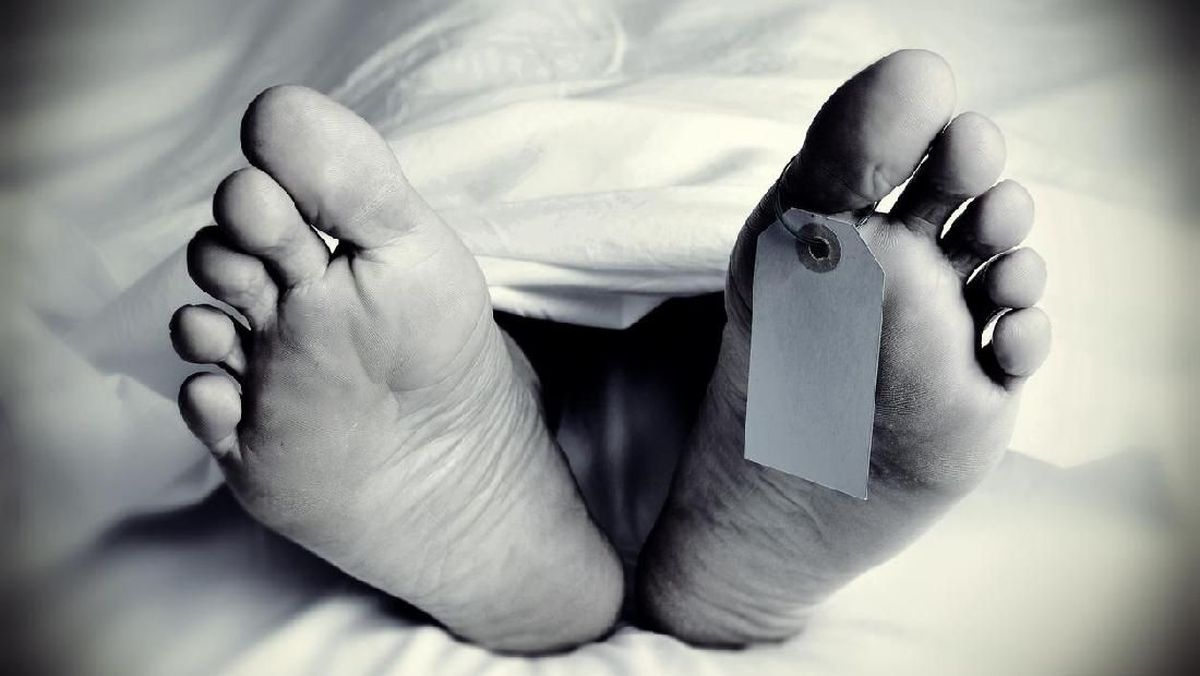Still, Edwards says she’s one of the lucky ones. A recent scan confirmed that the tumour on her pancreas had shrunk following a “very aggressive” chemotherapy regime, and she is now on a lower dose, administered just once a fortnight.
She has been seeing her four children more regularly. Edwards’ eldest daughter, who now lives in South Africa, has been visiting for extended periods. Her other daughter takes Wednesdays off work to accompany her to her chemo, and one of her sons has stepped up at her business, which links workers to aged care providers. Her other son has moved into her Port Melbourne apartment and helps with cooking.
“My children are the most amazing human beings on earth,” Edwards says. “I also can’t describe the generosity of people who don’t even know me, but know me through my children. People have knitted hats, people have brought food. It’s just incredible.”
About 4000 Australians are diagnosed with pancreatic cancer each year. The disease is projected to become the second-leading cause of cancer-related death by 2030, second only to lung cancer.
Wednesday marked World Pancreatic Cancer Day. Landmarks such as Flinders Street Station were scheduled to light up in purple – the colour of pancreatic cancer awareness – throughout the month of November.
Dr Mark Buzza from Pancare Foundation – a charity dedicated to improving upper gastrointestinal cancer outcomes – urged people to see their GP if they experience jaundice, itchy skin, dark urine, abdominal or back pain, unexplained weight loss, persistent fatigue or nausea, or changes to stools or appetite for more than a few weeks.
“Too often, people dismiss these symptoms as stress or diet-related,” Buzza said. “If something feels off, get checked. Early detection gives people the best chance of effective treatment.”
Edwards urges people over 60 to be particularly vigilant.
“The majority of the time, it’s nothing major. But in my case, it was,” she says. “If I had ignored it, it would have been too late for me [to undergo treatment].”
An analysis of a decade’s worth of data shows that the western part of Greater Melbourne, as well as certain pockets of the south-east suburbs and a patch of north-east Victoria, tend to have higher diagnosis rates for pancreatic cancer.
Pancreatic cancer symptoms
- Jaundice
- Itchy skin or dark urine
- Abdominal or back pain
- Unexplained weight loss
- Persistent fatigue or nausea
- Changes in stool or appetite
Diagnosis rates are 13 per cent higher than the Australian average in Benalla, in Victoria’s north-east, and 10 per cent higher in Frankston North and St Albans South. Torquay, on the eastern section of the Great Ocean Road, was the area associated with the lowest diagnosis rates in all of Victoria.
The statistics are from the Australian Cancer Atlas, a project developed by Cancer Council Queensland in collaboration with the Queensland University of Technology. Researchers crunched the latest available data from 2010 to 2019.
The modelling is adjusted for age, meaning a hotspot is not determined by a higher proportion of older residents.
The exact cause of pancreatic cancer isn’t known, but it’s thought that risk factors include smoking, obesity, older age, long-term diabetes and chronic pancreatitis (inflammation of the pancreas).
How to reduce your risk of pancreatic cancer
- Avoid smoking
- Keep to a healthy weight
- Maintain a healthy diet
- Keep diabetes under control
There is no national screening program for pancreatic cancer. However, the Jreissati Pancreatic Centre at the Epworth is leading a screening study for high-risk individuals at hospitals across the country.
People are considered high-risk if they have a known-risk gene or two or more people in their family who’ve been diagnosed with pancreatic cancer.
“Our ideal would be able to find cancers at what we call stage 1A, at less than one centimetre, because we know survival goes up dramatically if we find them at that stage,” Jreissati Pancreatic Centre director Professor Andrew Metz said. “What we’re looking for here is to extend people’s lives.”
Loading
Oncologist Prasad Cooray said testing cancer cells for their responsiveness to targeted therapies and immunotherapy was also proving to be promising.
“At the moment, only a small group of people benefit. But that will expand as the science advances.”
Edwards has raised thousands of dollars for upper gastrointestinal cancer research, and planned her own funeral, well aware that others diagnosed with the same condition do not always have the time to do so.
“When the time comes – whether it’s soon, or in a couple of years – the kids won’t have to worry too much about it. I’ve even started a Spotify list of my favourite songs.”
That’s not to say there aren’t ups and downs.
“There are days when I’m completely depressed. I think, what’s the point? I’m only delaying the inevitable. But, surprisingly enough, I wake up – usually on the Wednesday after the treatment – and I’m OK. I look forward to seeing friends.”
Lifeline 13 11 14; Beyond Blue 1300 22 4636.
Start the day with a summary of the day’s most important and interesting stories, analysis and insights. Sign up for our Morning Edition newsletter.


















































